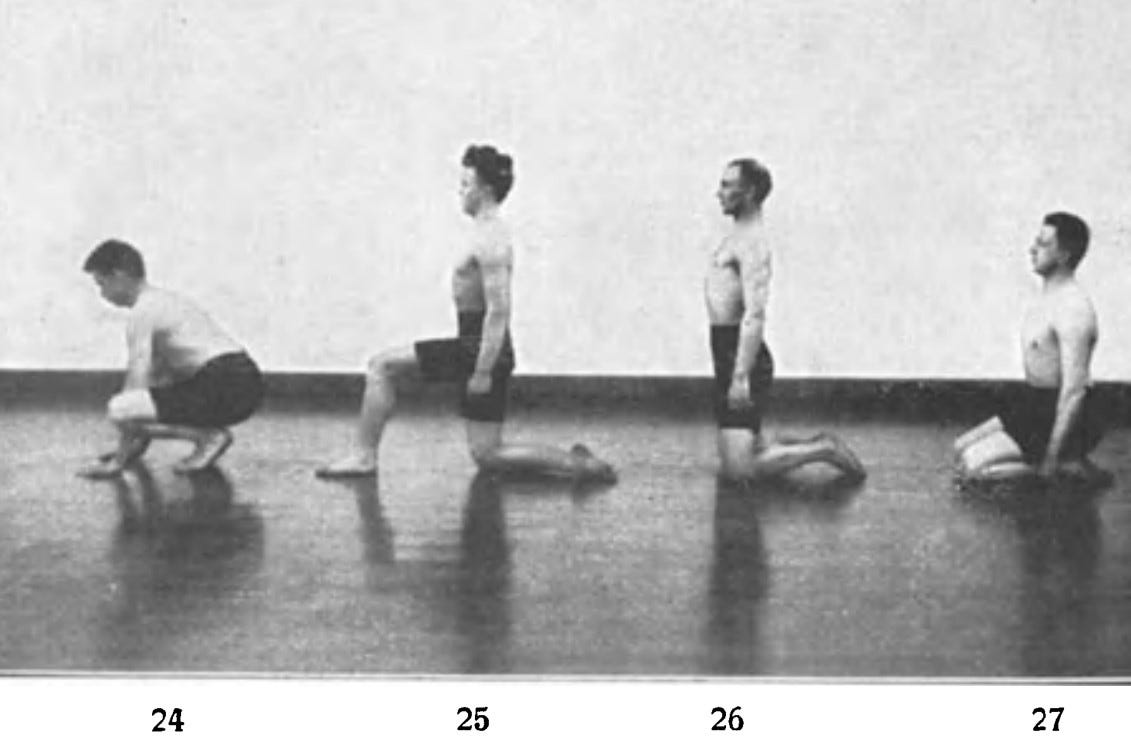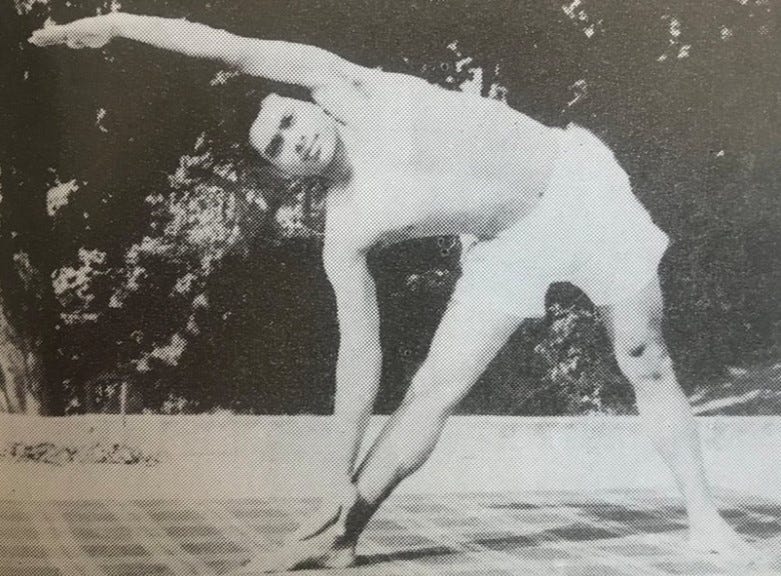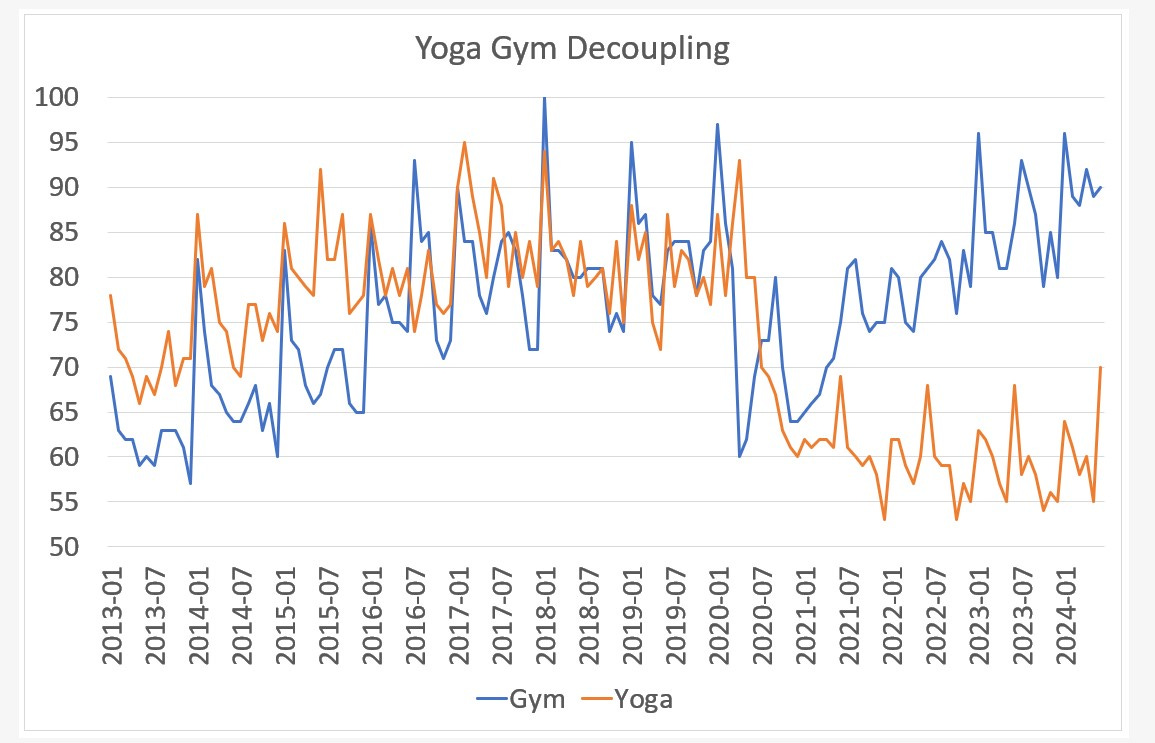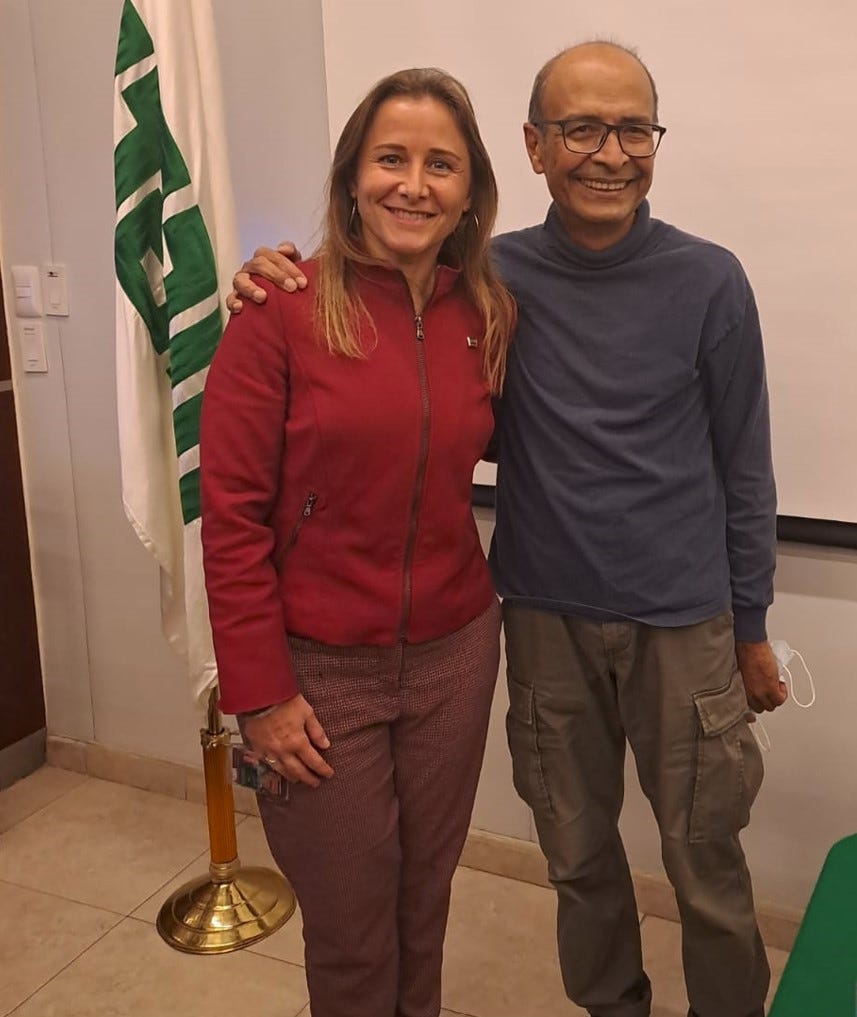This muse on yoga is about three things: The politics of yoga, the development of yoga as we know it and the future of yoga.
Prime Ministers of India and Yoga
The current prime minister
In 2014, Indian Prime Minister Narendra Modi first addressed the United Nations General Assembly, he arrived with a mission:
To propose a resolution that recognises June 21 as the International Day of Yoga and India as the spiritual birthplace of yoga.
He succeeded.
The draft resolution establishing the International Day of Yoga was proposed by India and endorsed by a record 175 member states. Recognizing its universal appeal, on 11 December 2014, the United Nations proclaimed 21 June as the International Day of Yoga by resolution 69/131. The International Day of Yoga aims to raise awareness worldwide of the many benefits of practicing yoga.
In a number of interviews over the past two decades, Mr Modi mentioned that he practiced traditional Mallakhamb when he was young. It is not quite yoga. It is a form of pole dancing - Indian style. It was considered for becoming an Olympic sport in 1936 but never made it.
In the Olympics in Japan, it was demonstrated recently by Keiko Takemoto. She is the world champion in Mallakhamb.
The first Prime Minister
India’s first Prime Minister Mr Jawaharlal Nehru practiced yoga. In particular, he practiced specific asanas. In his book, Discovery of India, he wrote:
“There are a large number of these asanas. For many years now I have practised a few simple selected asanas, whenever I have had the chance, and I have no doubt that I have profited greatly by them, living as I often did in environments unfavourable to the mind and body. These and some breathing exercises are the extent of my practice of the physical exercises of the Yoga system. I have not gone beyond the elementary stages of the body, and my mind continues to be an unruly member, misbehaving far too often.”
[I am not going to speculate about what he meant in the last sentence!]
History does not record which specific asanas he practiced. But, there is photographic evidence of at least one - sirsasana.
Executive observations about the photo: (1) Time is 8am (from the shadow), (2) Location: Ananda Bhavan, Allahabad, Nehru home, (3) pre-breakfast routine - others are having breakfast, (4) good posture - he is fairly vertical - unaided.
Executive conclusion: Yoga has been popular among (born) Hindu politicians. Mr Modi was the first to recognize yoga as a soft power of India on a global scale. [See below for the impact Mr Modi’s push has had.]
How Yoga Started in Modern Times
For over a thousand years, yoga was confined to practitioners of specific sects. It was considered sacred and secret knowledge. Raja Yoga (royal path of yoga) was considered the highest form of such knowledge. It uses the mind as a tool to look inwards and uncover the inner self. The body itself is not the focus.
In 1915, it was hardly a matter of consensus in India what yoga really was. Yoga scholar Sris Chandra Vasu (Basu) railed against some forms of yoga:
“By some false physical analogy these individuals think that it is impossible to practice Yoga in household life, that to attain perfection in Yoga one must leave father and mother, wife and children, and run to deserts or high mountains.”
This is a far cry from what today globally is called Yoga - the Modern Postural Yoga. They are rooted in home life. Three schools from different parts of India brought out yoga for the general population - first in India and then globally. I have a Youtube video about that (10 minutes).
If you look at a serious Western medical website, you find the following kind of classification: It starts with Hatha Yoga, and then lists other forms such as Iyengar Yoga and so on.
https://health.clevelandclinic.org/how-to-find-the-best-yoga-class-for-you
It lists benefits - Improved flexibility. Increased strength. Stress or trauma relief. Weight loss. No mention of any self mind control at all.
The birth of Modern Postural Yoga is a hybrid of Indian and Western methods of physical well being. The Western method stems from “Primitive Gymnastics” developed by the Swedes.
Executive example: It looks like yoga, but it ain’t.
These photos are *not* from any yoga routine. It comes from Niels Buch’s book on Primitive Gymnastics. It was extremely popular across Europe in the 1910s. This is from the German edition of 1920 - reprinted seven times in seven years.
In case your German is rusty, here is a translation.
24. Squats: With your hands resting on the floor, your upper body slightly lowered forward. Command: Bend into a support squat!
25. Step kneeling: Resting on one knee and one foot with a right angle in the knee joints. Command: Kneel down on the right with your left foot forward (or the opposite). Kneel!
26. Kneeling: Resting on both knees bent at a right angle. Command: Kneel down!
27. Heel Sit: Resting on the knees with the buttocks on the heels. Order: Kneel down!
How modern Modern Postural Yoga is
To see that clearly, it would suffice to see one standard posture - the triangle - trikonasana.
This is a photo from 1931. A curious fact: You will not find any reference of this posture anywhere before that date in any authoritative Indian yoga text. It is a completely new thing. However, it looks very close to a pose that Niels Buch had in his book Primitive Gymnastics that came out two decades before trikonasana was “invented”. [See the last person.]
In the 1930s, Josephine Rathbone brought yoga to mainstream physical education in the United States. Apart from publishing papers in Yoga journals, she incorporated yoga in her classes at the Teachers College, Columbia University in 1940. For her PE 168D class she brought in Bishnu Charan Ghosh with his star pupil Buddha Bose to demonstrate how scientific yoga was to be done. It took another three decades before yoga went properly mainstream in the West.
Gymnastics to Gyms - Yoga found a place
In the 1970s, along with aerobics, yoga found a place in the gyms. Like in aerobics, it attracted mostly women. It still does. At least 85 percent of all yoga students in the West are women. Men went to the gym to pump iron, whereas women gravitated to aerobics and yoga. For the next four decades, this trend continued.
Yoga Has Decoupled from Gym
In the past decade, yoga has inexorably decoupled from gym culture. To examine this, I searched for trends of two keywords in Google Trends: Yoga and Gym. The graph below shows it over time.
There are several notable characteristics of these two graphs. First, the interest in both keywords exhibit spikes. In the first part of the graph, the spikes for gym and yoga coincide. If we examine them closely, they spike in January every year. Both were inspired by the New Year resolutions of the people. They tend to make plans for the new year to go to the gym regularly and practice yoga.
Executive result: Memberships in gyms spike around New Year but not midyear.
Up until 2015, these spikes in interest coincided with the new year each year. Then, the spikes no longer coincide. Gym spikes continue in January but Yoga spikes started showing up in June.
Why?
Two things happened: (1) June 21 was proclaimed as the International Yoga Day by the UN. This impacted the cyclical nature of interest in yoga. (2) Covid-19 happened. People found it more convenient to practice yoga remotely. Unlike other gym practices, yoga hardly requires anything other than a simple mat and perhaps a few other simple things. It can be practiced anywhere.
Executive implication: The demand for face to face teaching will decline but online lessons would flourish. Demand for yoga related paraphernalia would rise. There is a section of the Ministry of Ayush in India that offers certification programs worldwide.
https://yoga.ayush.gov.in/YAP/Home.php
[Executive technical note: I examined the correlation between the two (detrended) time series. Between 2004 and 2019, the correlation runs above 0.96. However, after 2020, it runs -0.35. The positive relation between the two series is gone. It turned negative because the spikes appear six months apart.]
Yoga Tourism
Yoga tourism is an essential component of “wellness tourism” - an 800 billion dollar global market. It has cropped up as luxury retreats for the well to do across the globe - in particular - in India. Rishikesh is the Yoga Capital of the World. But other places such as Goa and Kerala are attracting a substantial group of people. In Bali, Indonesia, we see a big rise of this cottage industry catering to the Western crowd along with various pockets in Thailand. Costa Rica has become the main draw for the Latin American market along with the US tourists. Spain has emerged as the European center. This trend is set to continue.
+++++++++++++++++++++++++++++++++++++++++++++++++++++
This muse is dedicated to mi gran amiga de atma, the leading light of yoga in ITAM, Yogi Fran. Un beso y un abrazote Fran - desde el alma de Bharat. Paz y amor.










